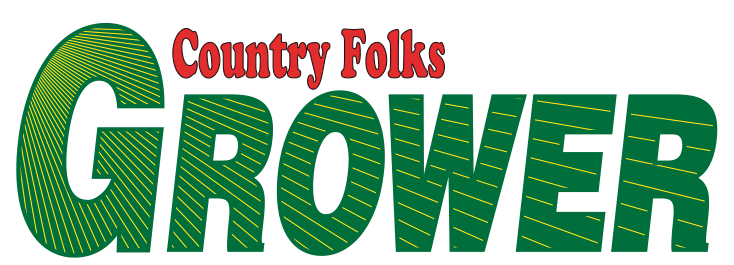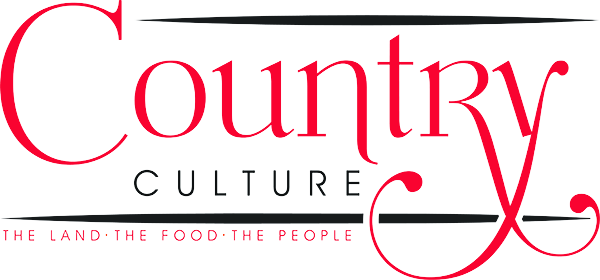One shade, two shade, red shade, blue shade
Here’s a topic that’s as colorful as it is crucial for nursery production: the potential of colored shade materials to control hydrangea growth.
Dr. Eric Stallknecht, assistant professor and greenhouse production specialist at Virginia Tech, led a vibrant discussion on whether different shade colors could offer a solution to the perennial problem of vigorous hydrangea growth. Hydrangeas are favorites in the ornamental nursery industry, but their rapid shoot growth often means that growers must rely on pruning or chemical plant growth regulators (PGRs) to maintain saleable quality. Could a simple adjustment, changing the shade of the netting, offer an alternative?
Stallknecht kicked off his discussion of it at the American Society for Horticultural Science conference with two key hypotheses. The first was that increasing the percentage of blue light hydrangeas received would result in more compact shoot growth, thereby reducing the need for frequent pruning and PGR applications.
His second hypothesis was that the percentage of blue light would be directly proportional to the reduction in shoot growth. These ideas seemed plausible, since blue light has long been associated with compact growth in plants. Could a clever shade material do what pruning and chemicals might not?
Stallknecht shared findings from his nursery and greenhouse trials, designed to evaluate how different shade colors and intensities affected the growth of hydrangeas (specifically, the ‘Twist and Shout’ cultivar). Both trials measured parameters like canopy height, width, volume, leaf length and chlorophyll concentration over a 49-day growth period.
In the nursery trial, hoop houses were covered with four types of shade netting: 30% black, 30% blue, 30% red and 45% gray. The results were clear-cut: The percentage of shade mattered far more than the color of the shade. The 30% blue and 30% red shade netting had no significant impact on the hydrangeas’ growth compared to the traditional 30% black shade.
The takeaway? When it comes to controlling growth in hydrangeas, color doesn’t hold the power growers might have hoped for.
The greenhouse trial used different percentages of blue shade – 40%, 50% and 75% – alongside a 50% black shade treatment. Again, the increase in blue light did not produce the compact growth expected. No matter how much blue light the plants received, their growth remained vigorous and largely unrestrained.
As with the nursery trial, light intensity – the total amount of light – was the primary factor influencing the plants’ growth, not the color of the light.
Stallknecht’s conclusions were decisive: Increasing the percentage of blue light did not result in more compact growth as hypothesized. The growth habit of hydrangeas was instead shaped by the total light they received, regardless of color. Simply put, light management alone wasn’t enough to curb the vigorous nature of this particular hydrangea cultivar.
Interestingly, the results suggest that black shade netting remains the most effective solution for hydrangea production – 30% black shade provided the right balance of light reduction without causing an overgrowth of shoots. It seems that, for hydrangeas at least, growers can still rely on traditional methods for controlling growth.
However, Stallknecht did note a silver lining for colored shade materials. While they didn’t work for hydrangeas, they could still hold potential for other nursery crops. Plants that naturally thrive under higher percentages of shade, such as Hostas, might benefit more from colored netting. In these cases, altering the light spectrum could have a more pronounced effect on growth habits.
While the search for an alternative to pruning and PGRs is far from over, Stallknecht’s findings show that light management through shade netting isn’t the magic bullet some had hoped for. For hydrangeas, 30% black shade remains the most reliable method for keeping these flowering beauties in check.
by Enrico Villamaino




